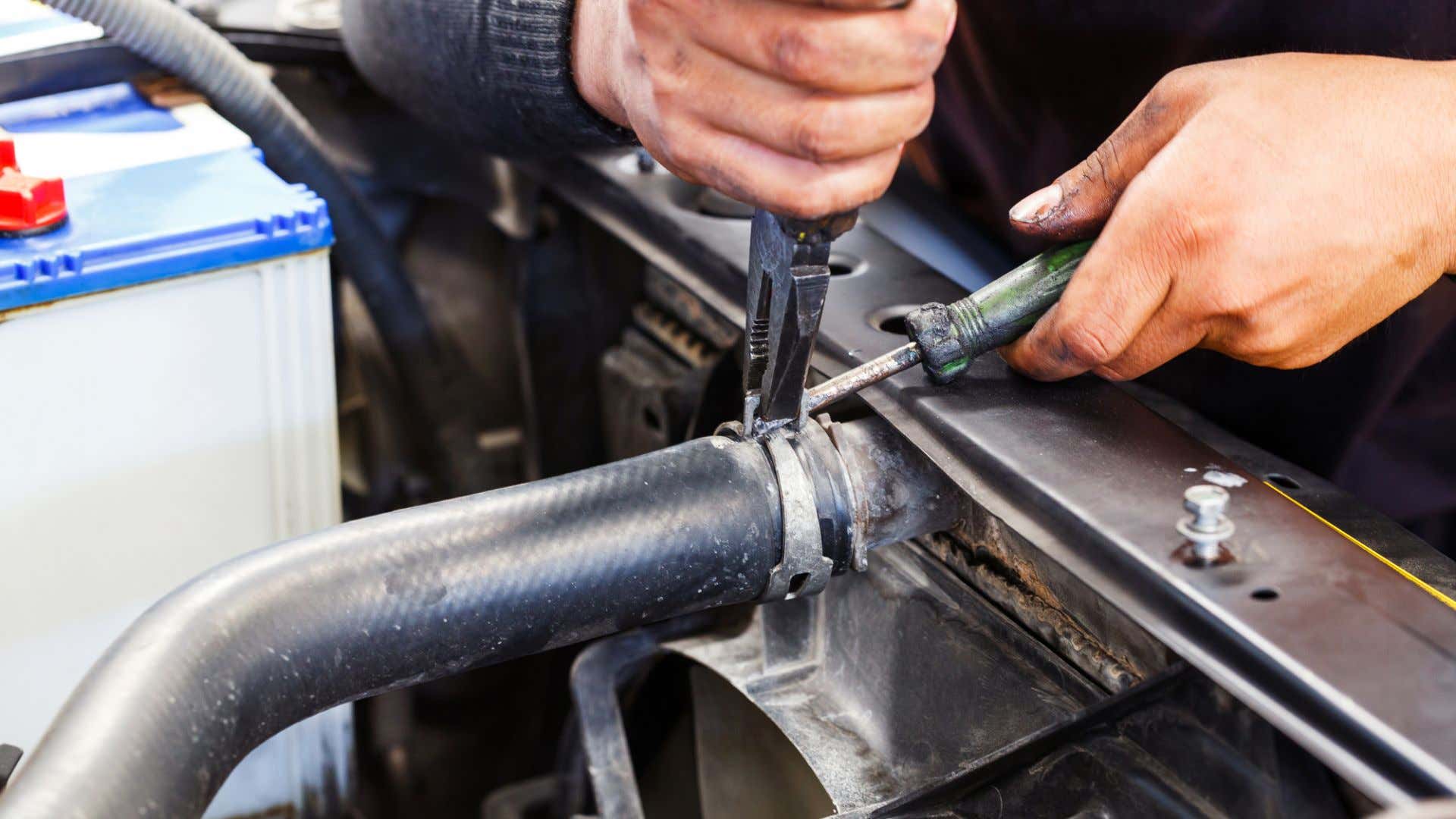How to Patch a Leaking Car Radiator

Leaking car radiator a be caused by several reasons. For example, because the radiator cap has started to weaken. Usually, this is due to damage to the rubber on the radiator cap which can make the radiator water run out faster than usual, it’s better for you to patch the car radiator than have to replace a new one. In addition, leaks can also be caused by an old radiator. Because every component in the car does have a lifespan of each, including the radiator.
In addition, a leaking car radiator can also be caused by a clogged radiator channel. This can happen if you often use plain water and don’t pay close attention to the condition of the radiator water, over time dirt will appear that can block the radiator water distribution line. Well, what most often happens, a car radiator can leak due to hitting a foreign object, such as gravel, or even due to a collision.
In addition, the radiator can also leak because the rubber has started to become brittle. Due to the function and location of the radiator which is always close to the engine heat, other supporting components can also experience brittleness.
Patch The Leaking Car Radiator Yourself
If you are in an emergency, there is no need to worry if the car radiator has a leak. Because the tool that functions as an engine coolant can be patched, without the need to take it to a repair shop
For the steps to repair a leaky radiator are as follows. Citing the Daihatsu Indonesia page, car radiator leaks can occur at any time, including aluminum radiators. Currently, there are two types of how the radiator water circulation works, namely vertical and horizontal. Both can be distinguished from the pipe or fins. If it is vertical, then the water flows from the top inlet and then down through the outlet pipe, if it is horizontal, then the water will flow to the side.
Confirm the Leak Location
The first way to patch a leaky car radiator is to make sure the location of the leak is on the radiator, not the hose. If a leak occurs at the hose connection, it is enough to just glue it using an anti-heat sealer and clamp it.
Prepare the Keys
If it has been confirmed that a leak has occurred in the radiator, then prepare a wrench, wrench, plus screwdriver, minus screwdriver, and pliers. These tools are used to remove the radiator from the hood. Furthermore, if the leak is in a location that requires removing the radiator from the car, then you can involve other people to help lower the radiator, which might be a bit of a hassle for ordinary people. Then refill the radiator with water to check for leaks. This is important so that no errors occur when patching.
Patch with Epoxy Glue
When the location of the leak is known, then plug the ends which are usually on the top and bottom or left and right. So that water can no longer flow in the leaking pipe.
We recommend that the drying process is allowed up to 3 hours before the radiator is used again. That was how to patch a leaky car radiator independently.
If you don’t have time to repair your car’s radiator yourself, you can take it to a trusted radiator specialist repair shop. This also ensures that the work can be done by a professional.
This is a review regarding how to patch a leaky car radiator. Keep watching mediomatic.com for the latest automotive news updates.